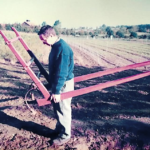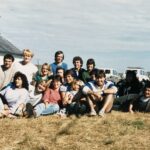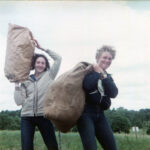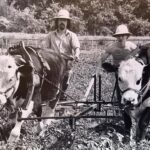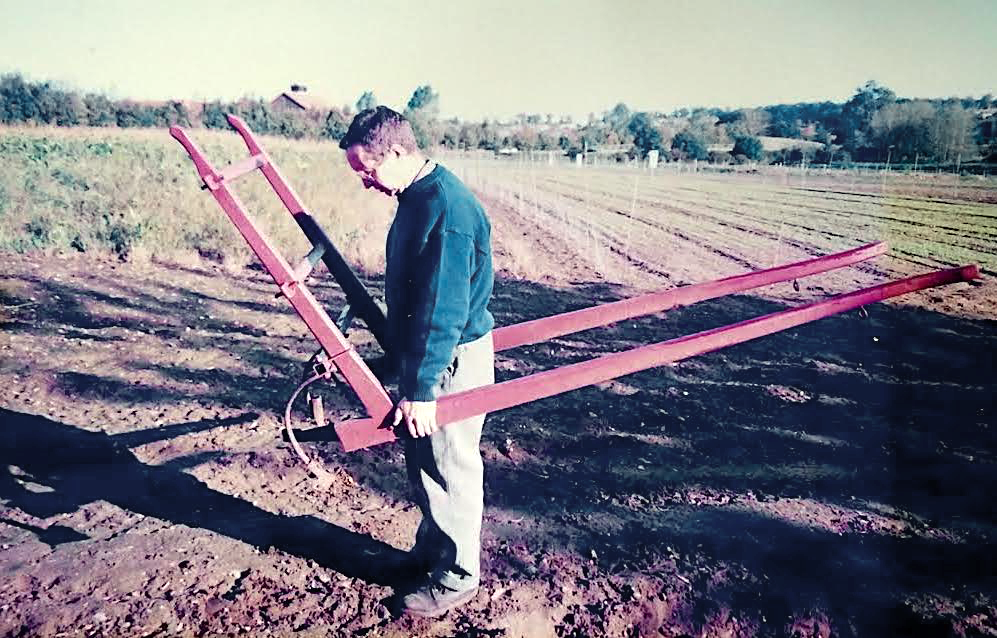
John is a carpenter and was a student in Dev from 1993-6
The DEV farm was clearly visible when driving along Watton Road, and I had been intrigued by it before I knew it was connected with UEA. When I was accepted onto the Development Studies BSc as a very mature student in 1993/4, I was keen to get down there, being of the generation that were convinced that low-impact technology could solve many of the problems and hardships in the world without creating new ones. As undergraduates, we were introduced to river flow measurement, soil and water sample analysis, design and execution of crop trials, animal traction, and shown the workshops for implement design and production.
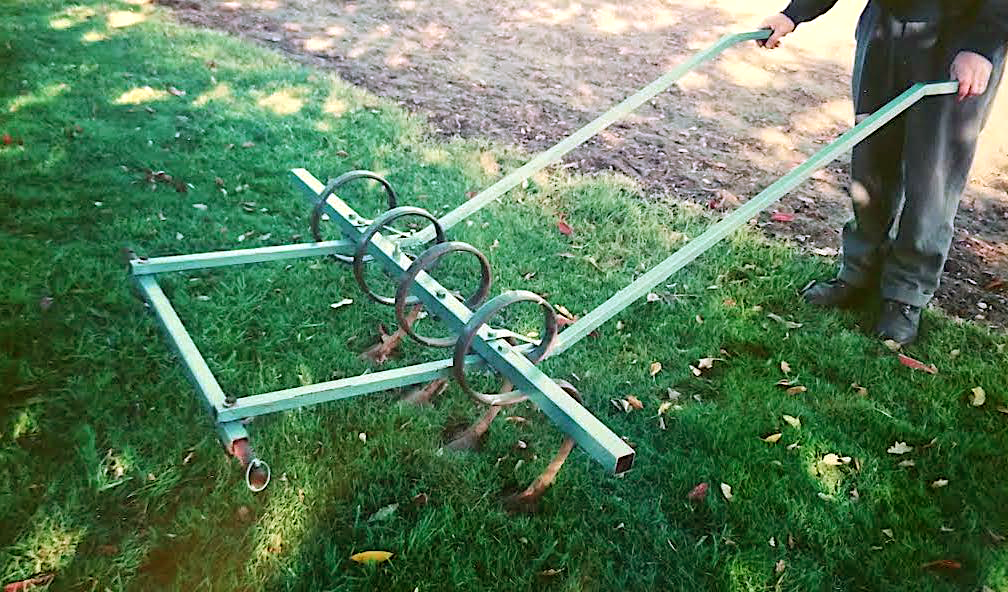
I was aware of the universal need for weed control in crop systems and had some experience of horse-drawn vehicles, so when it came to choosing my third year dissertation project, I settled on attempting to design a simple, donkey-drawn multi-row hoe. The criteria were that it should be simple, easy to construct and repair, be lightweight, and most importantly should make weeding effective, faster and less demanding. Don helped me come up with a few designs and we settled on a prototype using dowelled or wedged mortice and tenon joints that could be fashioned with hand tools. The wedged tenons made it possible for the hoe to be disassembled for storage. I had some seasoned ash in my workshop and set to constructing it. Whilst researching blade design for the hoe blades, I stumbled on a new design by Kongskilde for blades that were self-levelling so that they sat at the required depth effortlessly. I wrote to Kongskilde, a local firm, explaining the project and requesting a contribution of four of their hoe blades. Perhaps not surprisingly, I didn’t hear back, and in the end used tines from a horse-drawn spring-tine harrow that I had in my garden. The tines had large feet and the little hoe worked well in the light soils at the RTU, although the trials were hampered somewhat by the obstinacy of the two donkeys, Limpy and Lumpy, and the fact that for animal welfare reasons, Don insisted that we should not use bits in their bridles. Limpy had an unusual gait, Lumpy had a foul nature. They were adorable and friendly to anybody that didn’t try to work them.
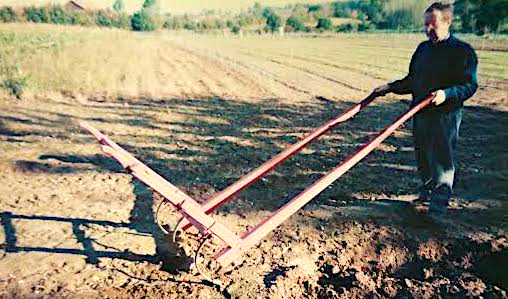
I spent a lot of time at the farm and worked there as Don’s assistant during vacations, supporting mostly overseas post-grads with their trials, which was instructive to me, and, I hope, a help to them. Being a late arrival to the farm, I only knew one of the draught Herefords, Frank – huge but docile and obedient. On the command “Walk on, Frank” he would slowly get himself into gear and resolutely head off, his arthritic joints clicking audibly. Visitors always wanted to see the draught animals.
I always thought the farm was an invaluable resource. It gave established researchers the facilities to expand their work and, perhaps more importantly, provided the opportunity for newer students to gain the practical experience that could help them better understand the issues they would encounter in their academic studies and subsequent careers. ‘I do and I understand’ has always worked for me.
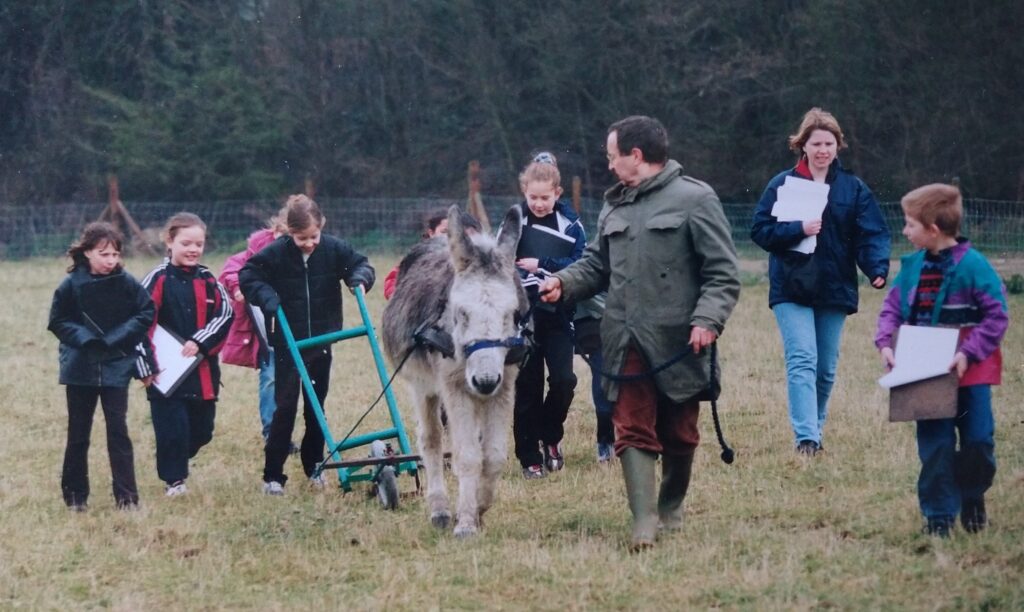
One closing anecdote. When Don was on holiday, I was left in charge and one summer evening I was locking up and making sure the animals were OK when I saw two strangers wandering over the sheep meadow. I went to see who they were and sensed that they were off their faces on something and getting quite agitated and pushy. I asked them if they would like to see the animals. When they saw Frank they were amazed by his size and asked what he was. When I told them he was a Hereford, one of the visitors went all dewy-eyed and said he was from Hereford himself. Suddenly the mood turned all rosy and they left happily. So Frank saved the day there.
John Mims
Norfolk
April 2023


